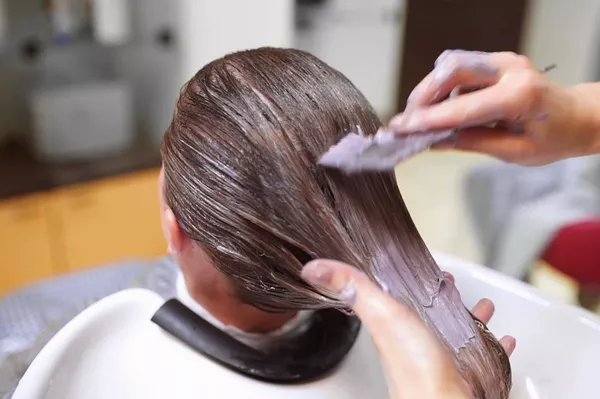Gray hair is a natural part of aging, but many individuals choose to embrace their desired hair color, bidding farewell to the silver strands. With a plethora of hair color options available, the question arises: What is the best color to cover gray hair? In this article, we embark on a journey to uncover the ideal shade for concealing those pesky grays, exploring factors that influence the choice and offering insights into achieving a vibrant, youthful look.
I. Understanding the Gray Hair Challenge
Gray hair possesses a unique texture and porosity, often requiring special consideration when choosing a hair color to cover it effectively. The aim is to select a color that not only camouflages the gray strands but also complements your skin tone and personal style. Factors like base color, undertones, and the level of gray coverage desired all play a role in determining the best shade.
II. Opting for Natural Hues
Many individuals gravitate towards natural hair colors when concealing gray hair. Shades like medium to dark browns, rich chocolates, and warm blondes often provide seamless coverage while maintaining a natural appearance. These colors harmonize well with the existing gray, creating a blended look that minimizes the contrast between gray and pigmented hair.
III. Highlights and Lowlights
Incorporating highlights and lowlights into your hair color can work wonders in concealing gray strands. These techniques add dimension to your hair, making the contrast between gray and colored hair less noticeable. Subtle variations in color also contribute to a more youthful appearance, creating a multifaceted look that enhances texture and depth.
IV. Consideration for Skin Tone
When choosing the best color to cover gray hair, it’s essential to factor in your skin tone. Cool-toned individuals might opt for ash browns or platinum blondes, while warmer undertones can lean towards golden blondes or warm browns. The goal is to select a shade that complements your complexion, creating a harmonious balance between hair color and skin tone.
V. Permanent vs. Semi-Permanent Colors
Deciding between permanent and semi-permanent hair colors is a crucial consideration. Permanent colors provide longer-lasting gray coverage but require more maintenance as the roots grow in. Semi-permanent colors offer subtle gray blending and gradually fade, allowing for a more natural transition between colored and gray hair.
VI. Consulting with Professionals
The expertise of a skilled colorist can prove invaluable when selecting the best color to cover gray hair. A professional can assess your hair’s condition, determine the level of gray coverage needed, and recommend a color that suits your features and preferences. Their insights can help you achieve optimal results and avoid potential pitfalls.
VII. Maintenance and Aftercare
After achieving your desired hair color, proper maintenance and aftercare are crucial. Using color-safe shampoos and conditioners helps preserve the vibrancy of the color while minimizing fading. Regular touch-ups ensure that gray regrowth remains discreet and seamless, maintaining a polished appearance.
VIII. Balancing Maintenance and Commitment
It’s important to strike a balance between achieving the desired hair color and committing to the maintenance involved. Opting for a shade that blends well with your natural hair color and skin tone can help reduce the frequency of touch-ups. This balance ensures that the transformation remains manageable and enjoyable.
IX. Embracing Gray with Confidence
While the quest for the best color to cover gray hair is valid, embracing the natural aging process is also a powerful choice. Many individuals choose to transition to shades closer to their natural gray, celebrating the beauty of silver strands. The decision to embrace or conceal gray is personal, and both options offer their unique allure.
X. Conclusion: Your Gray, Your Way
As you embark on the journey to find the best color to cover gray hair, remember that the choice is yours to make. Whether you opt for natural hues, highlights, or lowlights, the ultimate goal is to achieve a look that reflects your personality and enhances your confidence. Consulting with professionals, considering your skin tone, and prioritizing proper aftercare are pivotal in ensuring that the transformation yields results that make you feel your very best.

